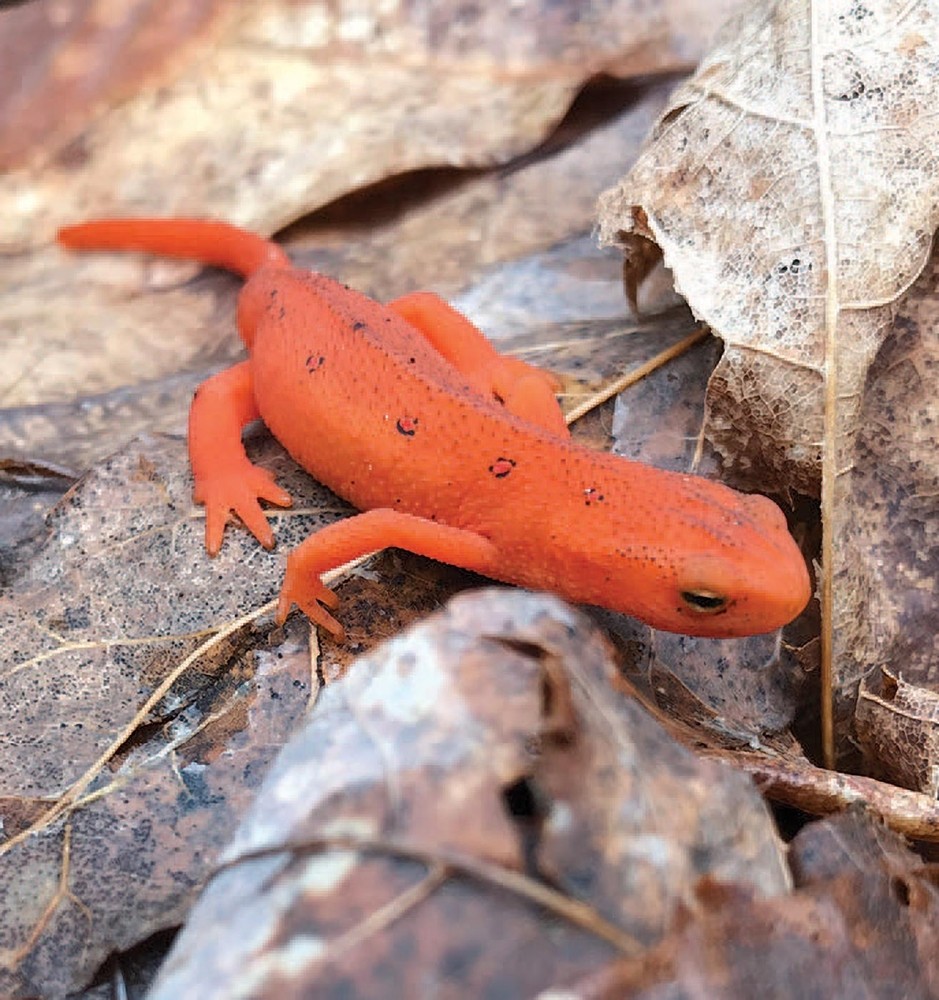
First identified in 1998, the chytrid fungus Batrachochytrium dendrobatidis has infected more than 1,300 amphibian species in the last decade and led to the population decline of more than 200 frog species, and continues to threaten amphibians worldwide.
A related fungus, Batrachochytrium salamandrivorans (Bsal), has spread from Asia to Europe, likely as part of the wild salamander trade, and now threatens the United States, home to the greatest diversity of salamanders in the world.
A team of researchers from Hamilton College and Cary Institute of Ecosystem Studies assessed the areas and species most susceptible to Bsal in the United States. They used data from areas where Bsal is present in Europe and Asia, along with records of infection of different species from captive populations.
Their modeling results, published in November 2022 in the journal Diversity and Distributions, predict that overall, the environment here is less suitable for Bsal than its current range, except for the Appalachian Mountains and Northeast coastal regions. Unfortunately, these areas also overlap with species the researchers predict are most at risk: spotted, marbled, and red salamanders, and the eastern newt.
These species have intermediate life spans (10 to 30 years), are medium size, and lay relatively large egg masses. They are more likely than short-lived salamanders to encounter the pathogen over the course of their lives, but they don’t have as robust immune systems as many larger species, or species that devote less energy to egg production.
There is much uncertainty in the risk level, as the United States represents new potential habitat for Bsal. “We know where it likes to live, but we don’t know fully if it likes new areas more or less. There might be other environments that the pathogen likes that we are unaware of,” said lead author Michael Moubarak. “The scariest thing is we just don’t know which of these new areas could be habitat for Bsal.”
According to the research team, their results “contribute to a growing consensus pointing to the need for preemptive conservation efforts.” Moubarak said such efforts include laboratory studies to understand the potential impact of Bsal on native species, and increased surveillance to understand the geographic distribution of salamanders and Bsal, as well as potential points of entry via the pet trade.

